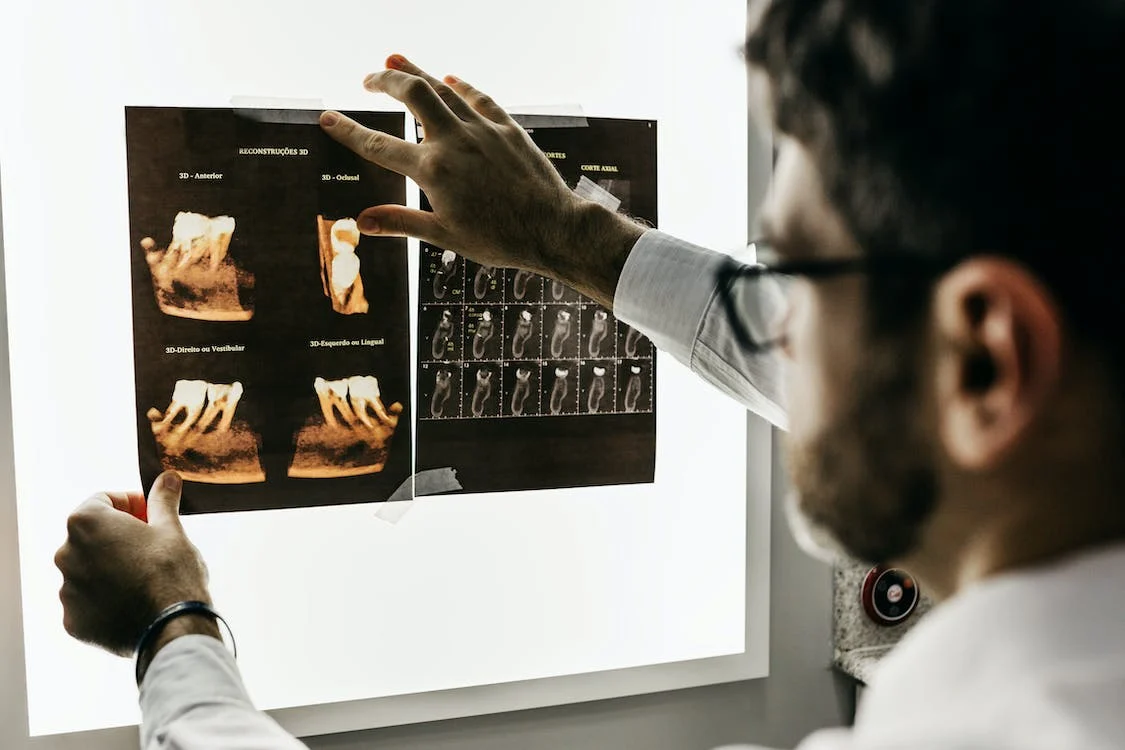3d Tomosynthesis: A Cutting-Edge Approach To Breast Imaging
Breast cancer is a prevalent and life-threatening disease affecting women worldwide. As advancements in medical technology continue to shape the field of breast imaging, 3D tomosynthesis emerges as a cutting-edge approach with promising potential.
This article aims to explore the intricacies of 3D tomosynthesis, its advantages in detecting breast cancer, and its future implications for improving breast imaging techniques. By delving into the technical aspects and evidence-based research surrounding this innovative method, we can gain a comprehensive understanding of its significance in breast cancer screening.
Understanding Breast Cancer Screening Techniques

Breast cancer screening techniques encompass a range of methods used for the detection and diagnosis of breast cancer.
Traditional mammography has been the gold standard for breast cancer screening, but it has certain limitations. These include overlapping tissue, which can result in false positives or missed cancers, and decreased sensitivity in women with dense breasts.
In recent years, 3D tomosynthesis has emerged as a cutting-edge approach to breast imaging. It overcomes some of the limitations of traditional mammography by capturing multiple images from different angles and reconstructing them into a three-dimensional representation of the breast. Studies have shown that 3D tomosynthesis improves cancer detection rates while reducing false positives compared to traditional mammography alone. Additionally, it is particularly beneficial in women with dense breasts where conventional mammography may be less effective in detecting cancers accurately.
Overall, 3D tomosynthesis offers a promising alternative for breast cancer screening with potential improvements over other breast imaging techniques.
The Evolution Of Breast Imaging Technologies
Mammography, the traditional method of breast examination, has undergone significant advancements over time with the introduction of various imaging technologies. The evolution of mammography has led to the development of emerging breast imaging techniques that aim to improve accuracy and detection rates.
One such technique is digital breast tomosynthesis (DBT), a cutting-edge approach that provides three-dimensional images of the breast by taking multiple X-ray images from different angles. DBT offers several advantages over conventional mammography, including improved cancer detection in women with dense breasts and reduced false-positive results.
Other emerging techniques include contrast-enhanced mammography (CEM) and automated whole-breast ultrasound (AWBUS). CEM uses a contrast agent to enhance visibility and detect abnormalities in the breast tissue, while AWBUS utilizes ultrasound technology to scan the entire breast automatically.
These evolving technologies have the potential to enhance early detection and diagnosis of breast cancer, ultimately improving patient outcomes.
How 3D Tomosynthesis Works
Digital breast tomosynthesis utilizes X-ray technology to capture multiple images of the breast from various angles, producing a three-dimensional representation that enhances accuracy and detection rates. Unlike traditional mammography, which produces two-dimensional images, 3D tomosynthesis provides a clearer view of breast tissue, reducing the likelihood of false positives and missed diagnoses.
By capturing multiple images at different angles, this imaging technique allows radiologists to examine the breast layer by layer, improving their ability to detect small tumors or abnormalities that may be hidden in overlapping tissue.
However, it is important to note that 3D tomosynthesis does have some limitations. It exposes patients to slightly higher radiation doses compared to traditional mammography and may not be suitable for all patients due to factors such as breast density.
Nevertheless, research suggests that the benefits of 3D tomosynthesis outweigh these limitations in terms of improved accuracy and earlier detection of breast cancer.
Advantages Of 3D Tomosynthesis In Breast Cancer Detection
One of the advantages of utilizing 3D tomosynthesis in breast cancer detection is its ability to provide a more accurate view of breast tissue, allowing for improved detection rates and reduced false positives.
Traditional 2D mammography can sometimes result in overlapping structures, making it challenging to differentiate between normal breast tissue and potential abnormalities.
With 3D tomosynthesis, a series of low-dose X-ray images are taken from multiple angles, creating a three-dimensional reconstruction of the breast. This comprehensive view allows radiologists to examine each layer individually, improving accuracy in detecting subtle lesions that may be masked on 2D images.
Studies have shown that incorporating 3D tomosynthesis into routine screening mammography can significantly increase cancer detection rates while reducing recall rates due to false positives.
The enhanced imaging capabilities provided by 3D tomosynthesis contribute towards early detection and better patient outcomes in breast cancer diagnosis.
Future Implications And Potential Developments In Breast Imaging
Potential future developments in breast imaging include:
- Exploration of advanced imaging modalities such as molecular breast imaging and contrast-enhanced spectral mammography. These modalities have shown promise in improving detection rates and reducing false positives.
- Advancements in AI in breast imaging. AI has the potential to revolutionize the field by providing a more accurate and efficient diagnosis. Powerful algorithms and machine learning techniques can assist radiologists in analyzing large volumes of data and identifying subtle patterns indicative of malignancy.
- The emergence of 3D printing as a valuable tool in breast imaging. 3D printing allows for the creation of patient-specific models that aid in surgical planning. Surgeons can better understand tumor characteristics and optimize treatment strategies.
- Ongoing research efforts and technological advancements hold great potential for enhancing early detection, improving diagnostic accuracy, and ultimately saving lives.



